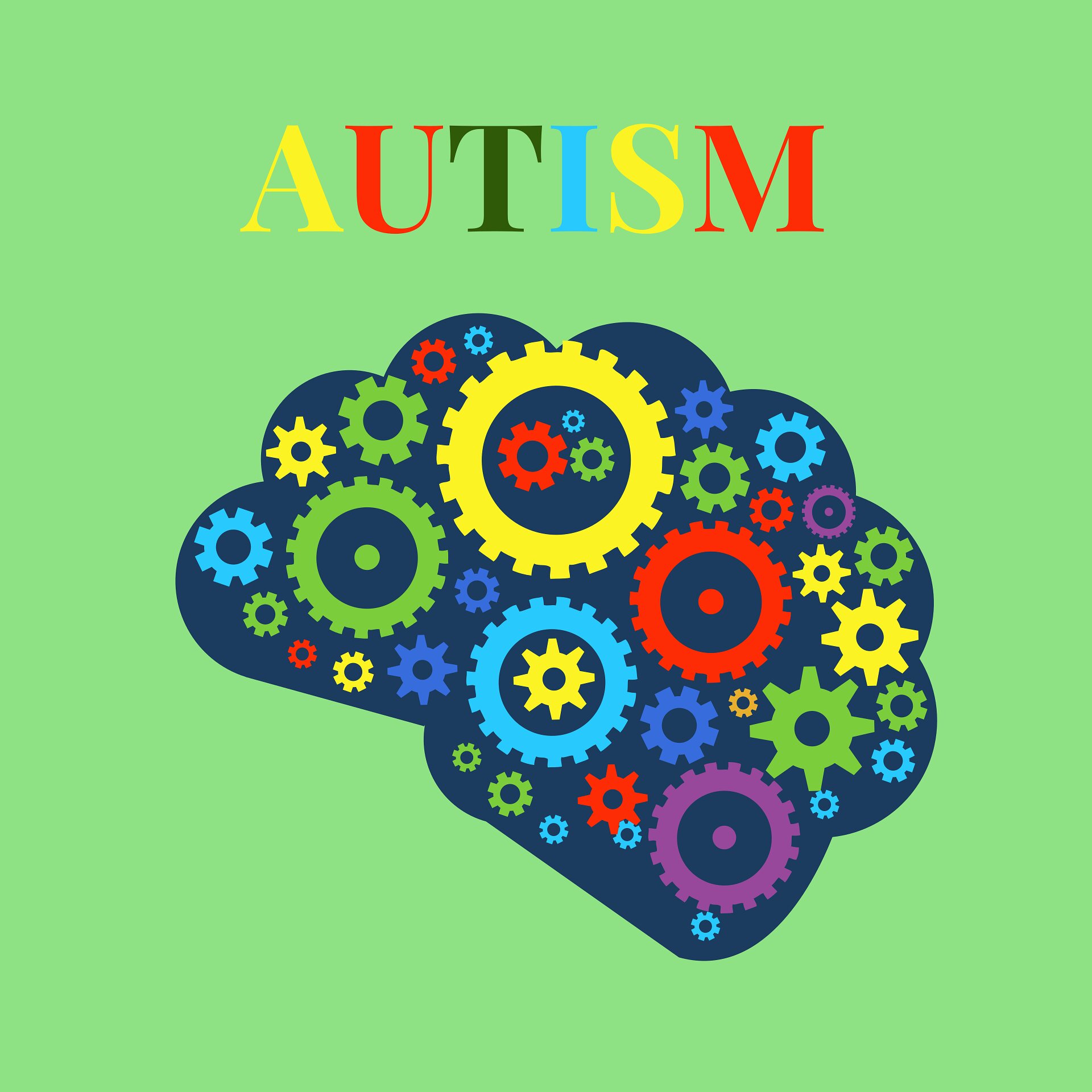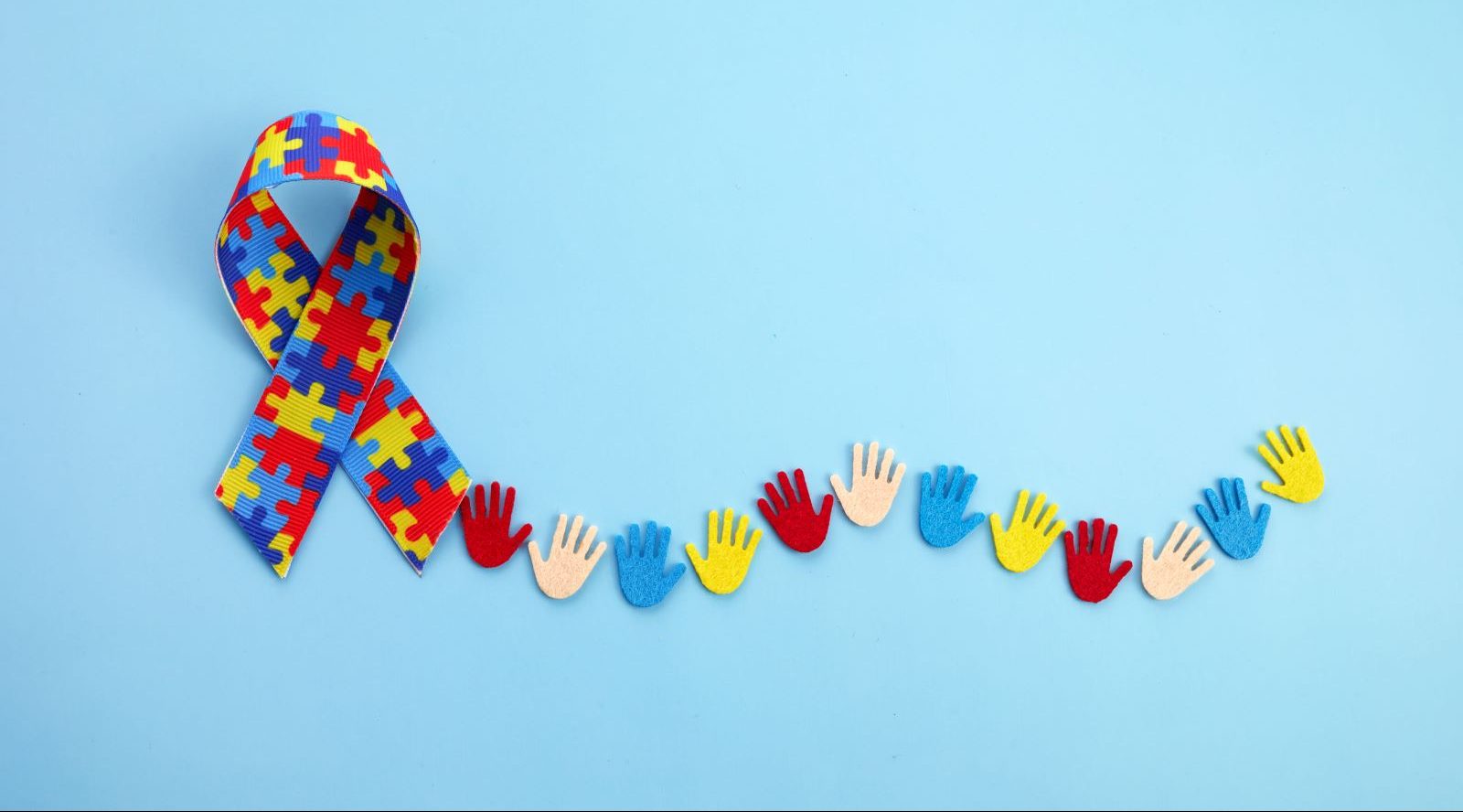The Role of Education in Supporting Trainees with Autism: Finest Practices
The Role of Education in Supporting Trainees with Autism: Finest Practices
Blog Article
Understanding Autism: A Comprehensive Overview to Signs And Symptoms and indicators
Autism Range Disorder (ASD) incorporates a large range of qualities that can considerably impact an individual's social communications and everyday functioning. Recognizing the signs and symptoms and indications, such as difficulties with eye get in touch with, social interaction troubles, and sensory level of sensitivities, is vital for early intervention. Recognizing these nuances not only aids caregivers and teachers in giving suitable support yet likewise cultivates an extra inclusive atmosphere for individuals with ASD. As we discover the complexities of autism, it becomes important to consider just how these indications show up in different ways across the range and what implications they hold for reliable intervention techniques.
Introduction of Autism Range Problem
Specifying Autism Range Problem (ASD) entails recognizing it as an intricate neurodevelopmental condition defined by a variety of difficulties in social communication, communication, and behavioral patterns. The term "range" mirrors the broad variability in signs and their severity, which can differ dramatically from one person to one more. ASD typically manifests in early youth, although some people may not get a diagnosis until later in life.
Variables influencing the development of ASD consist of environmental factors and hereditary proneness, although the specific reasons stay under investigation. Medical diagnosis frequently depends on behavioral assessments, as there are no clear-cut clinical tests for ASD. Early intervention is vital and can substantially improve end results, concentrating on improving interaction skills, social communications, and flexible behaviors.
Individuals with ASD might additionally display one-of-a-kind strengths, such as extraordinary attention to information or particular locations of know-how. Comprehending the complex nature of ASD is necessary for fostering a comprehensive atmosphere that accommodates neurodiversity. Continued research is essential for creating efficient interventions and support group, enabling individuals with ASD to thrive and fulfill their prospective within culture.
Usual Signs of Autism
Acknowledging the usual indications of Autism Spectrum Problem (ASD) is crucial for early identification and treatment. These indications can differ widely in extent and discussion, but certain qualities are often observed in individuals with ASD.
One of the most common indications is a significant problem in preserving and establishing eye get in touch with. People may additionally display minimal passion in social communications and reveal a preference for solitary play.
Sensory level of sensitivities are also common; individuals may panic or underreact to sensory stimuli, such as textures, sounds, or lights. autism. Language development can be atypical, with some youngsters exhibiting postponed speech or utilizing language in uncommon methods, consisting of echolalia-- repeating expressions or sentences heard in other places
It is necessary to keep in mind that not every individual with ASD will display all these indicators, and the degree of these habits can vary significantly. Early click now recognition enables prompt support and resources, improving the lifestyle for those on the range.
Social Interaction Challenges
Social interaction obstacles are a trademark of Autism Spectrum Disorder (ASD), affecting an individual's ability to involve efficiently with others. These troubles can materialize in various ways, including obstacles in starting and maintaining discussions, recognizing social cues, and reacting appropriately in social interactions.
Individuals with ASD may fight with nonverbal communication, such as eye get in touch with, faces, and body language. This can bring about misconceptions, as their communicative intent may not be appropriately interpreted by others. Additionally, they may find it difficult to understand navigate to these guys the nuances of tone and context, which are important for effective communication.
In group settings, people with ASD may really feel overwhelmed and may not understand exactly how to sign up with in conversations (autism). They might likewise show atypical conversational patterns, such as monologuing concerning particular passions without recognizing social reciprocity
Moreover, these difficulties can result in social seclusion or troubles in developing connections, as peers might misunderstand their actions or interaction design. Recognizing these social interaction challenges is crucial for cultivating supportive environments that promote social skills advancement and improve the quality of communications for people on the autism range.
Sensory Responses and sensitivities
Lots of people with Autism Spectrum Disorder (ASD) experience enhanced sensory level of sensitivities that can considerably impact their day-to-day lives. An individual with ASD might find day-to-day noises, such as a vacuum cleanser or crowded environments, overwhelmingly distressing, leading to anxiety or disasters.
Sensory handling distinctions in individuals with ASD can likewise affect their capacity to take part in routine tasks and social interactions. A child that is delicate to touch might stand up to physical love or avoid certain apparel textiles. Additionally, a choice for sure structures or preferences can restrict nutritional alternatives i loved this and develop obstacles throughout nourishments.
Recognizing these sensory level of sensitivities is crucial for identifying the one-of-a-kind experiences of people with ASD. Recognition of their sensory accounts can cultivate better interaction and support strategies, creating a setting that accommodates their needs and enhances their quality of life. Eventually, acknowledging sensory level of sensitivities is a vital element of understanding the wider range of autism.

Sustaining Individuals With Autism
Reliable support for individuals with Autism Range Disorder (ASD) is vital for boosting their total wellness and fostering freedom. Assistance methods should be tailored to satisfy the unique requirements of each individual, considering their staminas and difficulties.

Social abilities training can additionally play a pivotal role. autism. Engaging individuals in team activities or role-playing scenarios can enhance their capability to navigate social communications. In addition, it is necessary to enlighten household members, caregivers, and peers about ASD to cultivate a helpful and comprehensive neighborhood
Final Thought
By promoting boosted communication and social skills, people with autism can browse their atmospheres a lot more effectively. Ultimately, raised understanding and support can substantially enhance the high quality of life for those affected by ASD.
Autism Range Condition (ASD) incorporates a large range of features that can substantially impact a person's social interactions and everyday functioning.Individuals with ASD might struggle with nonverbal interaction, such as eye contact, facial expressions, and body language.Lots of individuals with Autism Range Disorder (ASD) experience heightened sensory level of sensitivities that can dramatically influence their daily lives.Sensory handling distinctions in people with ASD can likewise influence their capability to engage in social interactions and routine activities.Comprehending these sensory level of sensitivities is vital for identifying the special experiences of individuals with ASD.
Report this page